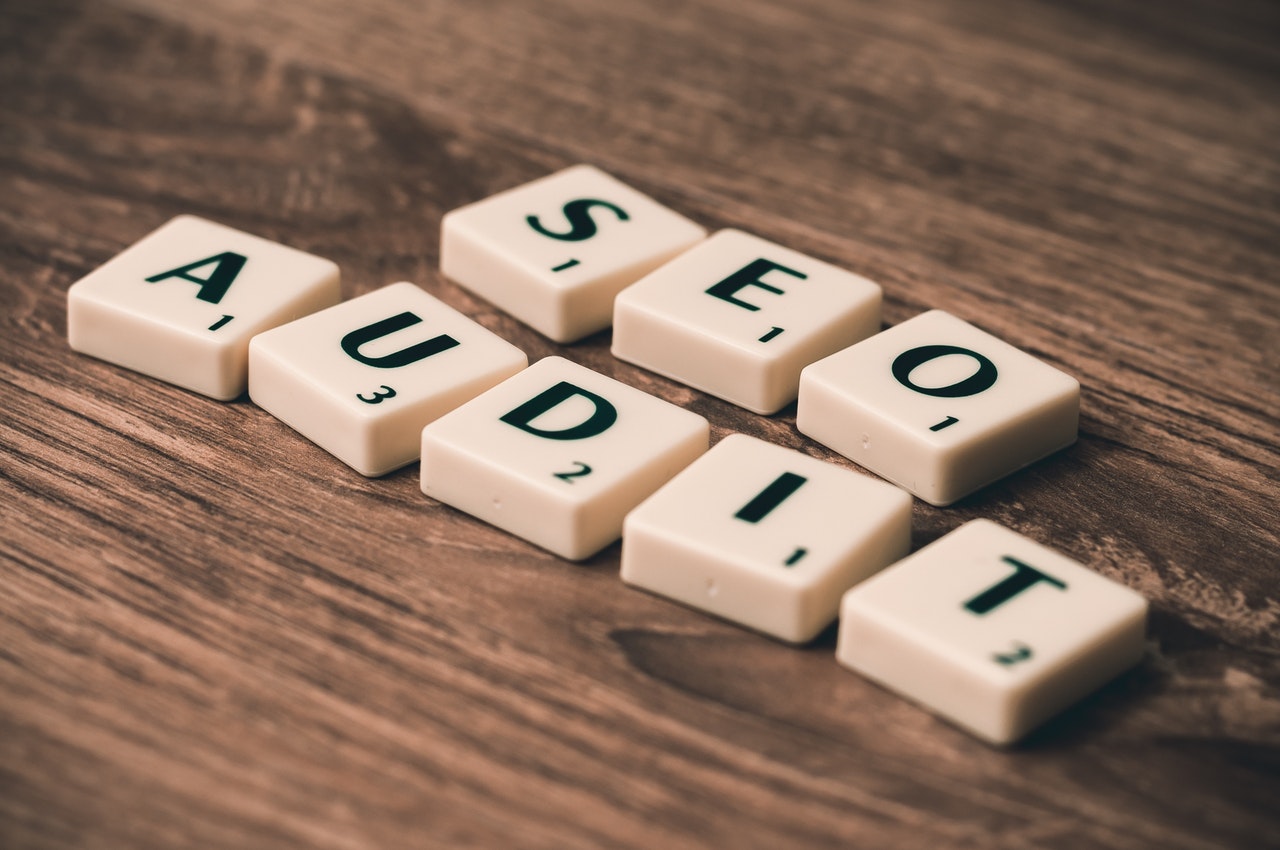Businesses these days are quite dependent on Google. A website’s traffic contribution and the conversion rate for an organic channel are the highest.
This aids in Google ranking improvisations. The processes of generating more leads to bringing in a higher percentage of profits often tend to SEO visibility being compromised.
Search index manipulation to arrive at faster results often endangers the risk of running through Google penalties. This tends to wipe over the total search traffic and cause devaluation leading to a loss in rankings so as the revenues.
Over-optimisation and incorporation of black-hat practices of SEO are also the root causes that might take even longer to recover. The newer the algorithm, the tighter the standard protocols for Google.
What are Google Penalties?
A website violation or breach of the stated guidelines forsakes Google to decree a manual action is deemed “Google Penalty.”
Google search results are even determined through algorithmic updates. The diminishing figures of organic search rankings are tied to algorithmic updates in the case of SEO contexts.
Any violation of the Webmaster Guidelines specified by Google leads to a penalty. The penalties are of two kinds.
The first being automatic, finding occurrences through algorithmic updates. The second is manual, often targeting black hat practices through penalizing intentionally. Though not finding recognition as a “Penalty,” algorithmic shots affect a website’s rankings.
Google Penalties by Algorithmic Updates
 1). Panda Penalty
1). Panda Penalty
The year 2011 saw the rolling out of various updates and the panda version, which got famous within 2016. A core algorithm of Google, Panda, prevents poor quality content from leading the search rankings.
Panda deciphers through chalking out website content by concluding them to be either thin or having no value at all. This is true for websites that are stuffed with manufactured descriptions and no originality. Just somehow bypassing duplicated content.
One can prevent so through originality, thereby satiating the panda so as the site visitors. Additional ways also highlight how blocking web pages that are duplicate & fattening thin content through adding layers aids with the panda issue.
2). Intrusive Interstitial Penalty
Finding origination in January 2017 affecting only search results for mobiles, Intrusive Interstitial Penalty catches sites with pop-ups and intrusive ads. This is once the user has clicked to see the mobile search findings.
Interstitials in the form of login applications to necessitated verification gates don’t come under the radar. These sites find their rankings come down owing to contents not being readily available for an end-user to see.
Such a penalty can be averted by avoiding ads and pop-ups once the searcher lands on the home page.
3). Penguin Penalty
Penguin Penalty is an algorithmic update counter web spam through link spam detection. The first launch was back in April of 2012. A series of rollouts ensued.
Final version launching in September 2016 that formed a core algorithm of Google. The newer update aims at demoting sites rather than dealing with penalties.
This is especially for low-grade backlinks, and the penguin penalty assists in bad incoming links being devalued without harming the website rankings. The larger the number of poorly graded backlinks, the lower the amount of trust and the more the amount of time taken to recover.
Penguin Penalty can be negated by lessening the buying, selling, negotiations, and exchanges of links through regularized monitoring. Even from time to time, check the organic traffic and foreseeing any drop could assist in covering up Penguin Penalty with a thorough clean-up.
Google Penalties by Manual Actions
 1). Spam generated by Users
1). Spam generated by Users
The spam generated by website visitors through unrelated links or even content that is out of context comes under the flag.
The websites that are susceptible to this kind of penalty are the ones accepting user-generated content. This form of penalty does not emanate from a violation of webmaster guidelines but only due to malicious users.
Some of the most common examples are spammed conversational threads in content, free hosts spam accounts, spam comments on a blog, and auto-generated profiles.
The steps to avert this penalty include moderating profiles to turning off comments before they go live. Integration of “captcha” or other anti-spam tools, blacklisting of profiles that tend to be repetitive spammers, and the inclusion of no-follow attributes can favor avoiding this penalty.
2). Structured Data
The violation of the guidelines for structured data leads to this kind of specified penalty. The major reason for occurrence is if a website has mismatching content from the designated structure used as mark-up.
It can be prevented if one adheres to the strict guidelines for structured data and does utilize the testing tool for structured data tests.
3). Unnatural Links directed at websites
The build-up of manipulative links, links at scale, and link exchanges for outrightly winning against the competitors results in this penalty. Google demarcates this to manipulation of its search findings and classifies the act by tagging it as “Unnatural.” Such penalties can be avoided through varied processes.
From ending the process of building links at scale or averting any link exchanges, limiting the guest posts, monitoring, and removal of external spammy links to following a steady ratio of no and do-follow links.
4). Unnatural Links are directed from websites.
This penalty stems from outgoing links and finds occurrences in outbound link profiles that are unnatural. The directive to avoid such instances is to stop the linkage with irrelevant domains and ending participation in link exchanges.
5). Hosting Spammy Services
This penalty occurs for violation of the webmaster guidelines that come to the fore due to creating multiple websites aimed at spamming the hosting provider. This is especially for free hosting services. Google initiates a manual action against the stated service provider if discovery leads to numerous websites being spammy.
This can be sorted through the usage of a hosting service that is trustworthy for your website. In case a penalty is already charged, one can alter the hosting service provider.
6). Thin Contents
The improvisation in a website’s rankings is through fattening thin contents. This brings us to the fact that a website must engage its users through value-added content and not something full of spam.
The detection of low-graded pages in several incidences for a website might lead to a manual action or penalty by Google.
The contents that are automatically generated to affiliated links being promoted through affiliated pages, as well as scraped content all, come under the examples for thin content. Regularized content audits can help in eliminating thin content, thereby keeping penalties at bay.
7). Cloaking Clause
The differences in showcasing contents for both end-users & search engines might lead to Google charging a penalty under cloaking clauses. The websites must not deviate from showing the same stuff to Google bots, as shown for site visitors.
The URL inspection tools can assist in viewing the pages through the eyes of a Google bot, thus assuring the contents to be alike in every respect.
Why Do You Need to Avoid Google Penalties?
 Google penalties are designed for punishing those sites that incorporate something wrong to tweak search engines or users in their favor.
Google penalties are designed for punishing those sites that incorporate something wrong to tweak search engines or users in their favor.
Penalties should be avoided as they can negatively impact the performance of sites in search results. Google penalties mean trouble and it tells that your site is either no longer listed on search results or the ranking of your targeted keywords has dropped tremendously.
When a site is penalized by Google, its audiences might not be able to find that site. This will ultimately drop your traffic and revenue. Google penalties will never let your site be in the good graces of Google. That is why it is inevitable to avoid Google penalties.
Summing Up!
Google penalties direct one to go through a thorough clean-up of the site and thus send in a proposal for reconsideration. The penalty is lifted when Google offers a go-ahead once the website qualifies following the standardized protocols.
The sooner resolved, the better. Since devaluation by Google leads to a drop in rankings as well as organic traffic. This, in turn, directly takes a hit on the earnings.
A crucial step to avert Google penalties is by following and adhering to the webmaster guidelines and not violating black-hat practices. In case if the penalties still crop up, troubleshooting is the next best alternative for site clean-up.
Akash Kumar works as a Digital Marketing Head at Digital Vidya. Digital Vidya is a global leader in digital marketing and data analytics training.
